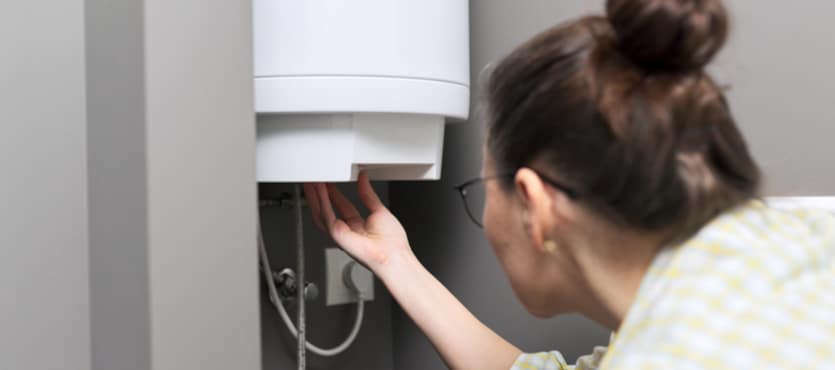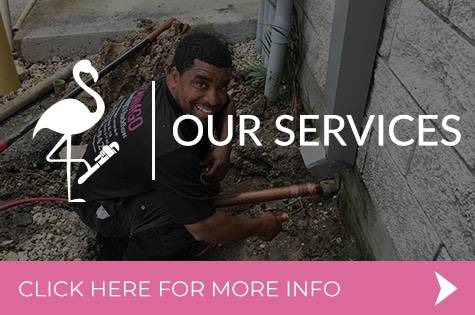When a water heater breaks it’s a total nightmare for a household. It can cause flooding in the basement and cut the supply of hot water in the house. And if you don’t fix it, the monthly water bills may double or triple.
Also, whether it’s in the basement or utility room, your property can suffer extensively from water damage. With an average unit holding about 80 gallons, it’s enough to soak the foundation and the walls. Unfortunately, we are rarely living next to a professional plumber. As such, you have to prepare in advance for such ordeals. That said, here is what to do if your water heater breaks:
Signs That Your Heater May Breakdown
Sometimes the water heater doesn’t break down suddenly. It starts with noticeable signs that you can leverage to prevent its breakdown. And the following are the common signs that your heater is about to breakdown:
- Leaking
- Funky water
- Corrosion
- Deterioration
- Odd Noises
Explosive Warning Signs
- Your heater has been in service for more than 10 years
- Leaking water heater
- Rusty water when you open the faucet or when draining the heater
- Visible rust or corrosion on the exterior surface of your appliance
- The water heater is creating loud and disturbing noises when it’s in operation
Steps to Take When Your Water Heater Breaks
Power Off the Appliance
The first step is powering off the appliance. This will prevent the heater from working. Also, it prevents you from getting electrocuted while attempting to fix the issue. But generally, it prevents your heater from suffering additional damages that are beyond repair.
Cut the Water Supply
Immediately after powering off the appliance, cut the water supply. Since the appliance is already broken, you want to minimize the wastage of water. Also, this will prevent extensive damage to your property and everything else in the heater room. If the heater valve fails to cut the water flow, you can halt the water supply in the entire house.
Drain the Appliance
Now before repairing the appliance, you need to empty it. To avoid emptying the water into your house, connect a hose to the heater and pump the water outside. You will find the draining valve at the bottom of the appliance or close to the bottom.
Relieve the Pressure
Now look for the pressure valve at the top or on the side of the tank. Open it will release the pressure inside the tank. Meanwhile, have an empty bucket nearby to catch the spilling water. Also, take care, the water might be extremely hot.
Drain the Sediments
Finally, run cold water in the tank to flush out any sediment buildup during fixing. And ensure the water reaches the tank’s bottom to clear out all the sediments.
Insurance Claim
Don’t forget to make an insurance claim. Even if there’s no extensive damage, you still need to inform them. Some of them may send you restoration experts to help you with eliminating excess moisture in the basement.
Contact Professional Plumber
Unless you are an expert in fixing broken or burst water heaters, call Flamingo Plumbing and Backflow. And that’s the last stage after completing the above steps.
Final Take
Having a water heater is not a luxury but a basic household need that serves many purposes. Whether it’s the dishwasher, washing machine, or showering, we need hot water. And when it’s not there, the entire household can turn chaotic.
Therefore, if your heater bursts, follow the above procedures and you’ll be fine. When contacting a plumber, consider Flamingo Plumbing and Backflow.






